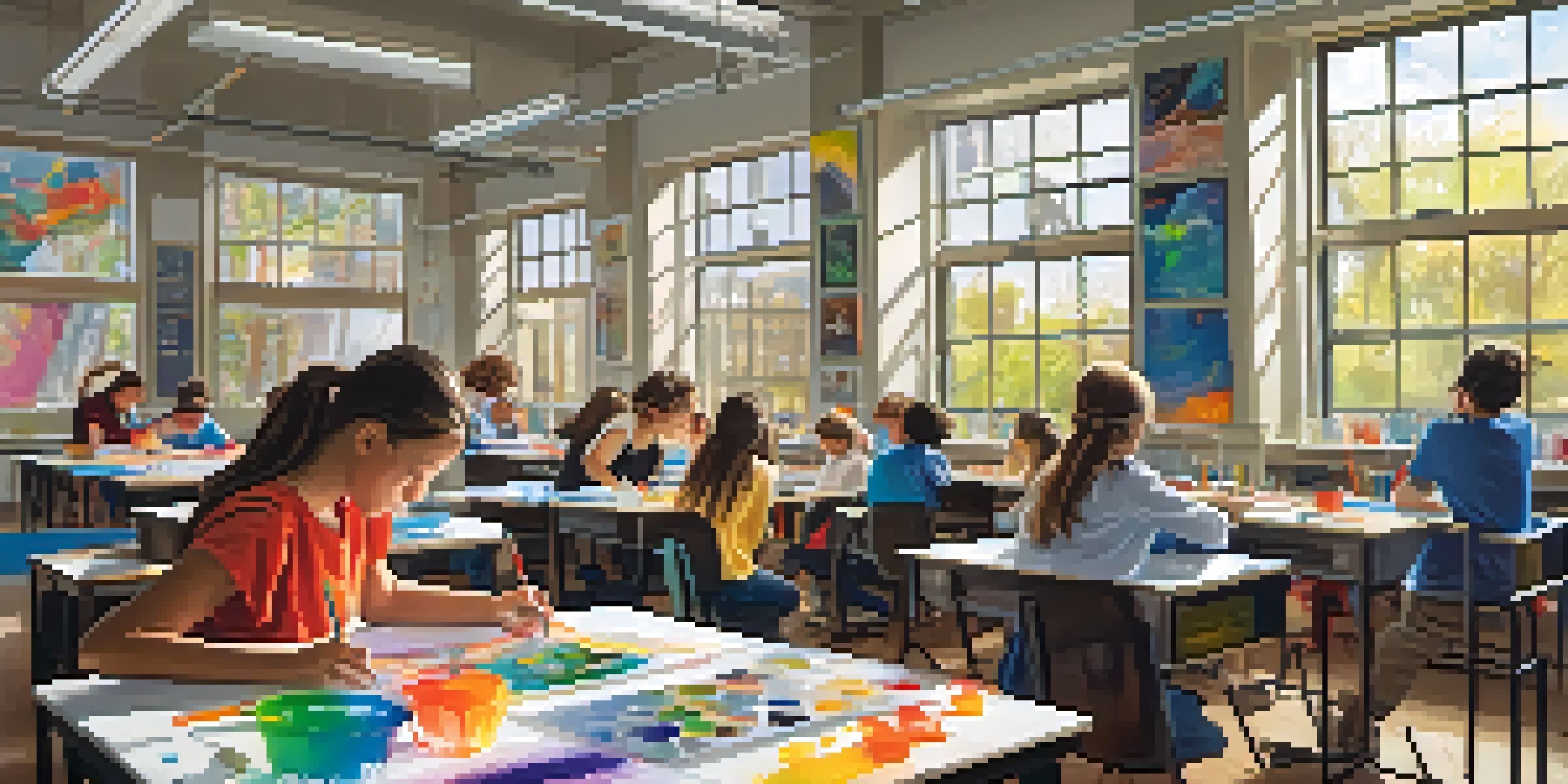Interdisciplinary Learning: A Global Perspective

Understanding Interdisciplinary Learning in Education
Interdisciplinary learning is a teaching approach that integrates multiple subjects, allowing students to make connections between different fields of knowledge. This method encourages a holistic view of education, promoting critical thinking and problem-solving skills. By blending subjects such as science, mathematics, and the arts, students can see the relevance of what they learn in real-world contexts.
The Importance of a Global Perspective
In today’s interconnected world, understanding various cultural contexts is crucial for effective learning. A global perspective in interdisciplinary education helps students appreciate diverse viewpoints and ways of thinking. This not only enhances empathy but also prepares students to collaborate on international projects, fostering a sense of global citizenship.
Interdisciplinary Learning Defined
This teaching approach integrates multiple subjects, encouraging students to connect knowledge and develop critical thinking skills.
Real-World Applications of Interdisciplinary Learning
Interdisciplinary learning isn't just theoretical; it has practical applications that resonate in everyday life. For instance, a project combining environmental science and art can lead to innovative solutions for sustainability issues. This hands-on approach not only makes learning more engaging but also empowers students to tackle real-world challenges.
Challenges in Implementing Interdisciplinary Programs
Despite its benefits, implementing interdisciplinary learning can pose challenges for educators. Teachers often face curriculum constraints and standardized testing requirements that prioritize subject silos. Additionally, a lack of training in interdisciplinary methods can leave educators feeling unprepared to effectively integrate multiple disciplines.
Global Perspective is Essential
Understanding diverse cultural contexts enhances empathy and prepares students for collaboration in an interconnected world.
Successful Global Examples of Interdisciplinary Learning
Around the world, there are inspiring examples of successful interdisciplinary programs. For instance, Finland’s education system emphasizes collaboration between subjects, fostering creativity and critical thought. Similarly, schools in Singapore have adopted integrated curricula that encourage students to explore connections across disciplines, resulting in higher engagement and achievement.
The Role of Technology in Interdisciplinary Education
Technology plays a pivotal role in facilitating interdisciplinary learning. With tools like virtual reality, students can immerse themselves in different environments, enhancing their understanding of complex concepts. Online platforms also allow for collaborative projects that connect students from various backgrounds, promoting a richer learning experience.
Technology Enhances Learning
Innovative tools like virtual reality facilitate immersive experiences, enriching interdisciplinary education and fostering collaboration.
Future Trends in Interdisciplinary Learning
As education continues to evolve, interdisciplinary learning is likely to gain even more traction. Trends such as personalized learning and project-based education are paving the way for innovative approaches. By prioritizing skills that transcend traditional subject boundaries, educators can prepare students for the dynamic demands of the future workforce.
Conclusion: Embracing Interdisciplinary Learning Globally
Embracing interdisciplinary learning offers a pathway to a more engaging and relevant education for students worldwide. By breaking down barriers between subjects, we can foster a generation of thinkers who are equipped to tackle complex global challenges. Ultimately, the success of this educational approach hinges on collaboration, creativity, and a commitment to continuous improvement.